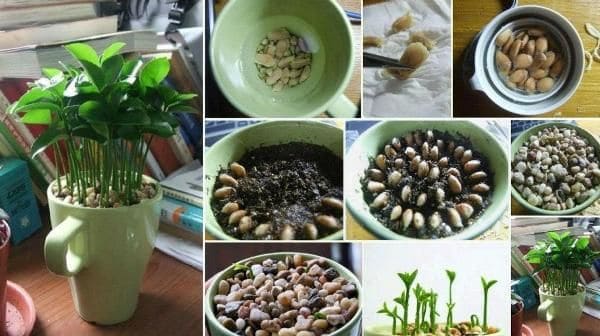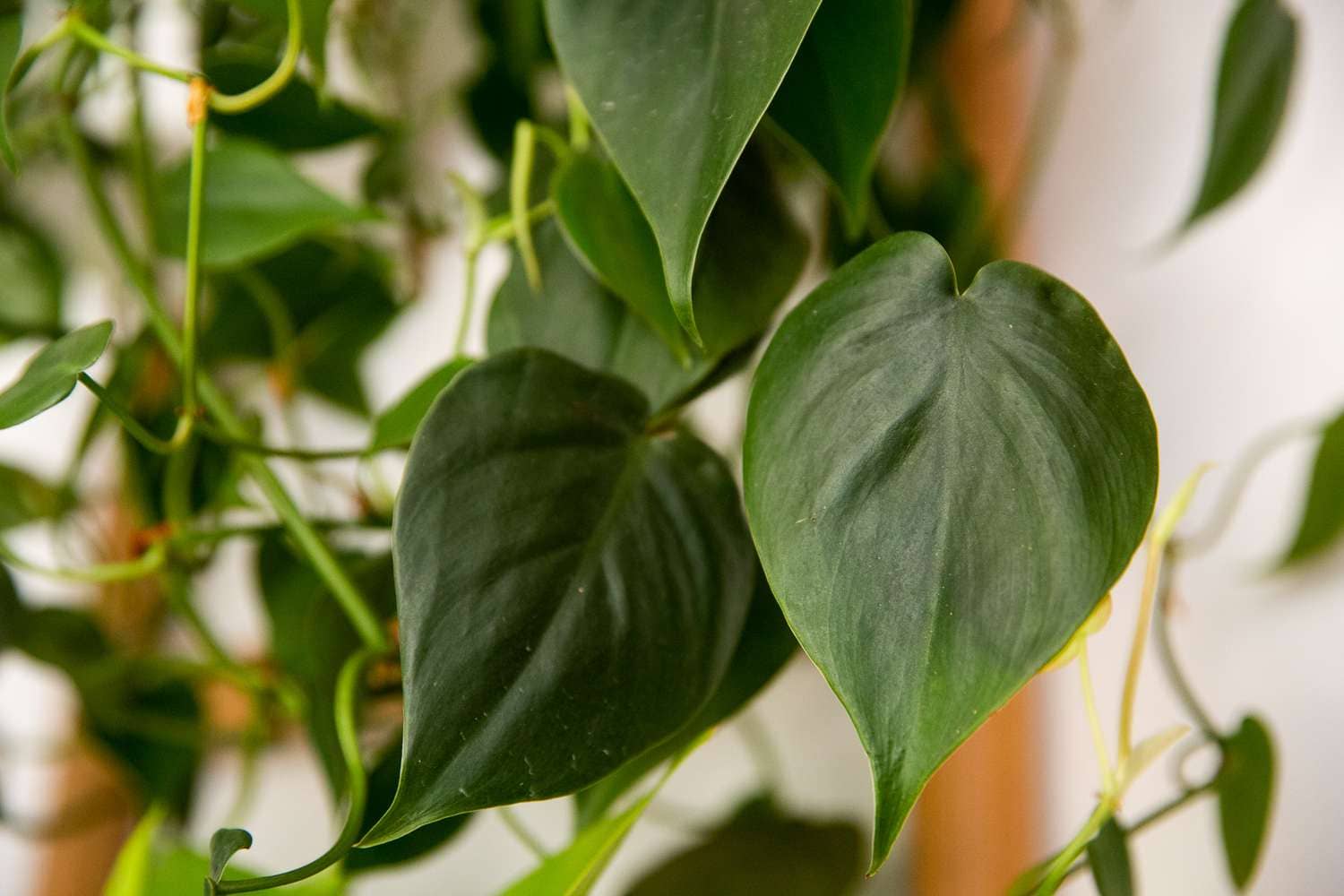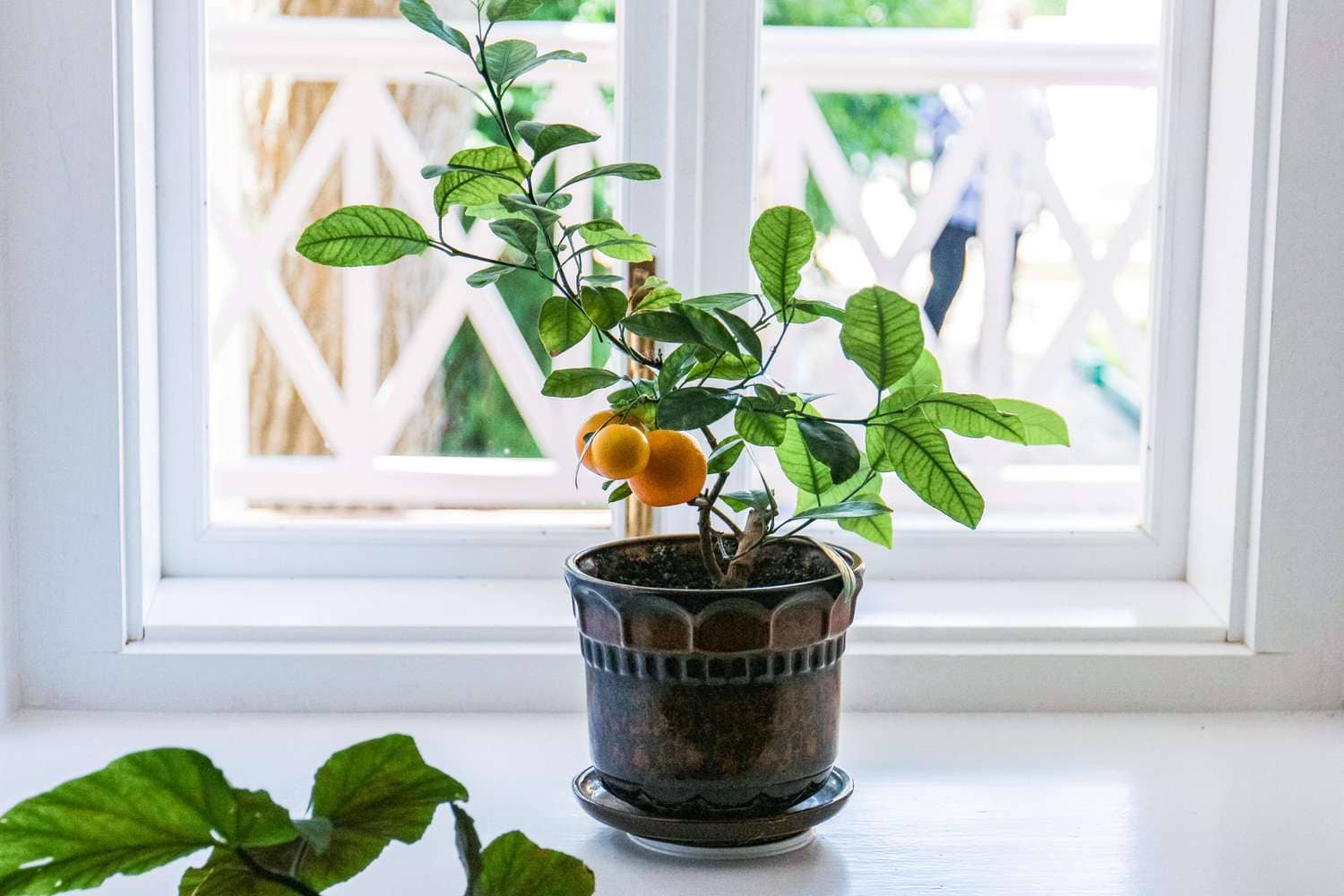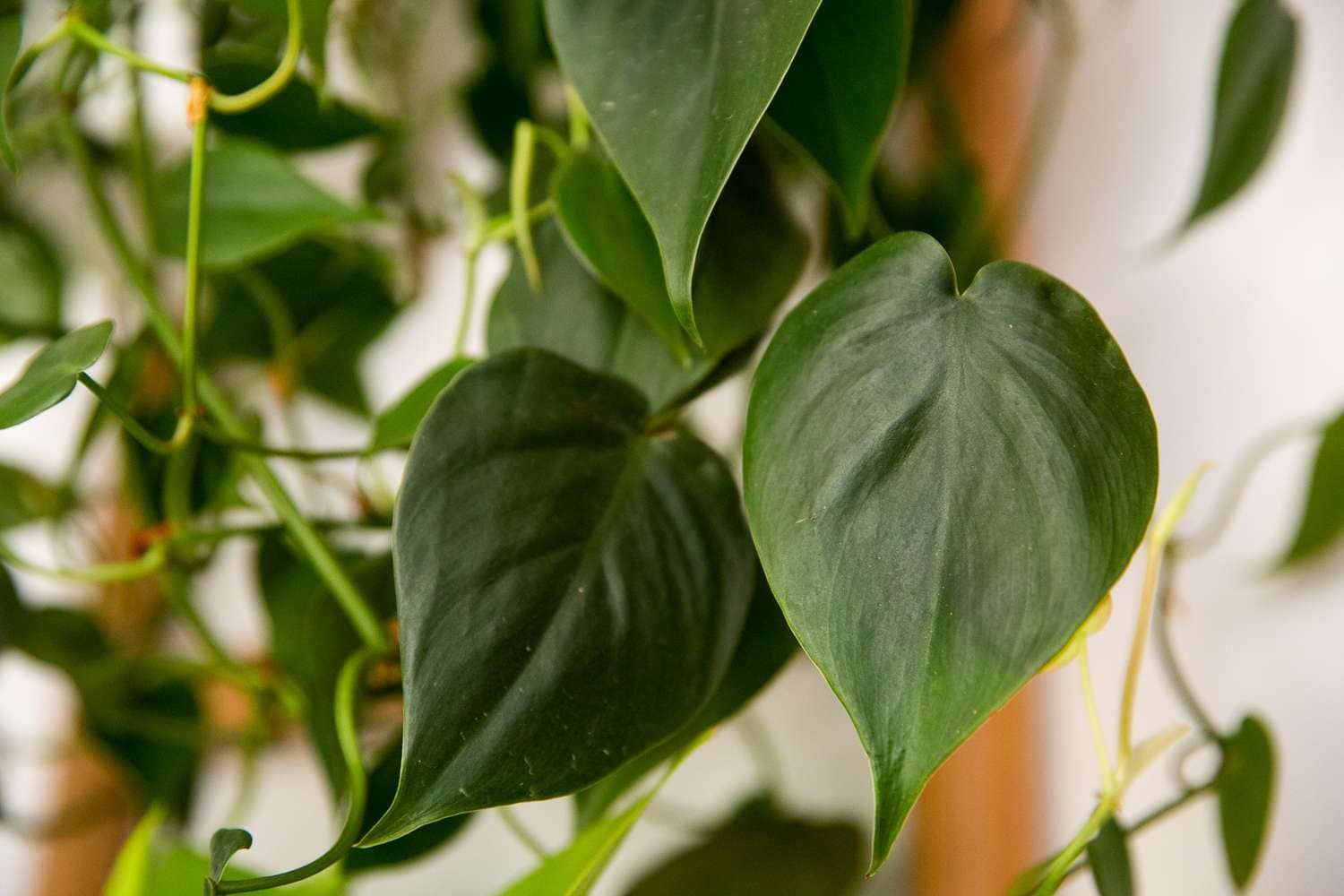The cigar plant, scientifically known as Cuphea ignea, is a stunning and exotic flowering shrub that adds a touch of tropical elegance to gardens and landscapes. With its vibrant tubular flowers and glossy foliage, this charismatic plant captivates gardeners and hummingbirds alike. Delving into the allure of the cigar plant unveils not only its striking appearance but also its versatile uses in gardens, its ecological importance, and practical tips for successful cultivation and care.
Introducing the Cigar Plant
The cigar plant, native to Mexico and the Caribbean, belongs to the genus Cuphea, which comprises over 260 species of flowering plants. Known for its charming tubular flowers that resemble lit cigars, this shrub typically reaches heights of 1 to 3 feet, forming compact mounds of foliage adorned with clusters of blooms. Its blossoms, which range in color from fiery orange and red to deep purple, attract pollinators such as hummingbirds and butterflies, adding movement and vitality to the garden landscape.
Cultivation and Care
Cultivating the cigar plant requires attention to its preferred growing conditions to ensure optimal health and blooming. Plant it in well-draining soil enriched with organic matter, and provide full sun to partial shade for best results. Water regularly to keep the soil consistently moist but not waterlogged, particularly during hot and dry periods. Mulching around the base of the plant helps retain soil moisture and suppresses weed growth. Prune the plant lightly to maintain its shape and encourage continuous blooming throughout the growing season.
Versatile Uses in Gardens
The cigar plant’s versatility extends beyond its ornamental value, making it a valuable addition to various garden settings. Plant it along borders, pathways, or in mixed perennial beds to add vibrant color and texture to the landscape. Its compact size and mounding habit also make it suitable for container gardening, where it can be featured as a focal point on patios, balconies, or outdoor living spaces. Additionally, the cigar plant’s ability to attract pollinators enhances biodiversity and promotes ecological balance in the garden ecosystem.
Ecological Importance
As a nectar-rich flowering plant, the cigar plant plays a crucial role in supporting pollinators such as hummingbirds, bees, and butterflies. By providing a reliable food source through its abundant blooms, it contributes to the health and vitality of local ecosystems. Encouraging biodiversity in the garden helps maintain natural pollination cycles, which are essential for the reproduction of flowering plants and the production of fruits and seeds.
Practical Tips for Success
To ensure the long-term success of your cigar plant, consider the following practical tips:
- Deadhead spent flowers: Removing faded blooms encourages the plant to produce new flowers and prolongs the blooming period.
- Monitor for pests and diseases: Keep an eye out for common garden pests such as aphids and spider mites, and treat infestations promptly to prevent damage to the plant.
- Fertilize sparingly: Apply a balanced fertilizer during the growing season to promote healthy growth and blooming, but avoid over-fertilization, which can lead to excessive foliage growth at the expense of flowers.
Conclusion
In the world of ornamental gardening, the cigar plant stands out as a charismatic and versatile shrub that delights the senses and enriches the landscape. With its vibrant tubular flowers, glossy foliage, and ecological importance, this exotic beauty adds color, movement, and vitality to gardens and landscapes. By embracing the allure of the cigar plant and following practical tips for successful cultivation and care, gardeners can enjoy its captivating beauty and ecological benefits for years to come.





